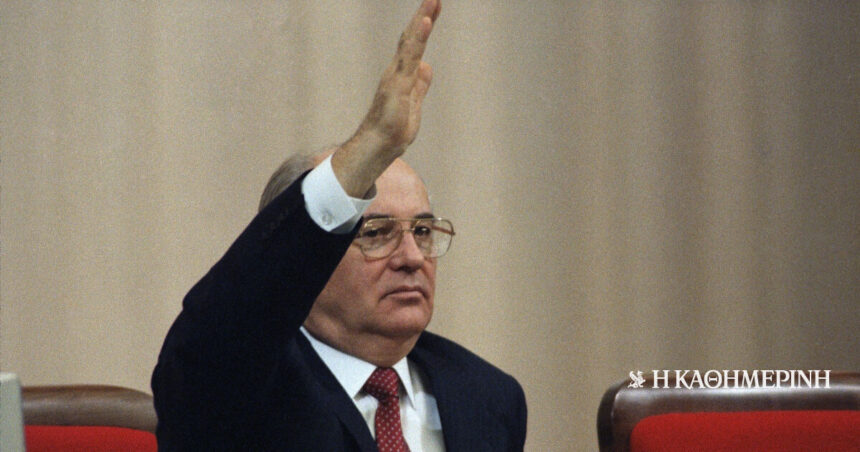When the Mikhail Gorbachev assumed the duties of general secretary of the Central Committee of her Communist Party Soviet Unionin March 1985, few could have predicted that he would be the last leader of the mighty superpower. Born in 1931 in Privolnoge, Stavropol province, into a peasant family, Gorbachev was the first Soviet leader to spend his entire life under a communist regime. Having studied law at her State University Moscowhad a successful career in the Communist Party, being under the protection and guidance of the head of the Intelligence Service, Yuri Andropov, and the member of the Party Secretariat, Mikhail Suslov.
Gorbachev’s adherence to communist orthodoxy was considered unquestionable during his rise to the leadership of his country. Ironically, however, Gorbachev was the leader who, by attempting to reform the regime with the aim of reforming the Soviet Union, hastened its collapse. His reform effort not only did not bear fruit, but made the various problems facing the Soviet Union more apparent – among them the national question.
He tried to counter the separatist tendencies by proposing the formation of a new union.
The national question in the Soviet Union was considered non-existent for many years. The prevailing opinion was that socialism had solved such cases. The policy of transparency (glasnost), however, allowed the manifestation of the national feelings of the peopleswhich until then were oppressed by the Soviet regime. Although still able to suppress nationalist manifestations within the Soviet Union, Gorbachev, true to his vision of a reformed state, did not use violence. Instead, he tried to counter separatist tendencies by proposing the establishment of a new union, in which its members would have increased powers and relative autonomy.
Gorbachev’s proposal was not implemented. The August 1991 coup derailed his plans for a reformed Soviet Union. The main conspirators were people who had been sidelined by Gorbachev during the reforms. On the orders of the coup leaders, the Soviet leader isolated himself in the Crimea. On the other hand, the elected president of the Russian Federation, Boris Yeltsinmanaging to avoid arrest, condemned the coup plotters and expressed his wish for the reforms to continue. After the failure of the coup, Yeltsin banned the activity of the Communist Party on the territory of Russia, on the grounds that the conservative nomenclature of the party had turned their weapons against its leader by dragging the name of communism. Other Soviet republics followed suit.
He stubbornly refused to use force to maintain the union within his own country.
Finding himself in the difficult position of being the head of a virtually banned party, Gorbachev resigned as general secretary of the party’s Central Committee on August 24, 1991, remaining as president of the Soviet Union. In the following months, he stubbornly refused to use force to maintain the union within his country.
At the same time, the leaders of the Soviet republics were discussing the dissolution of the Soviet Union and its replacement by the Commonwealth of Independent States, the establishment of which they signed on December 8. They pledged to cooperate politically and economically, respecting the independence of the rest of the Commonwealth of Nations. OR Russia ratified the treaty on December 12 and then withdrew from the Soviet Union. Within weeks, Armenia, Azerbaijan, Moldova, and the states of Central Asia followed suit, joining the Commonwealth.
Left with little choice and accepting the fait accompli, Mikhail Gorbachev resigned as president of the Soviet Union on December 25, 1991. At the Kremlin in Moscow, the flags of the Soviet Union were lowered and the flags of the Russian Federation were raised in their place, marking the closure a major chapter in modern world history. One of the two superpowers of the Cold War has now ceased to exist. The next day, the Supreme Soviet of the Soviet Union ratified its dissolution.
Column editor: Myrto Katsigera, Vassilis Minakakis, Antigoni-Despina Poimenidou, Athanasios Syroplakis




